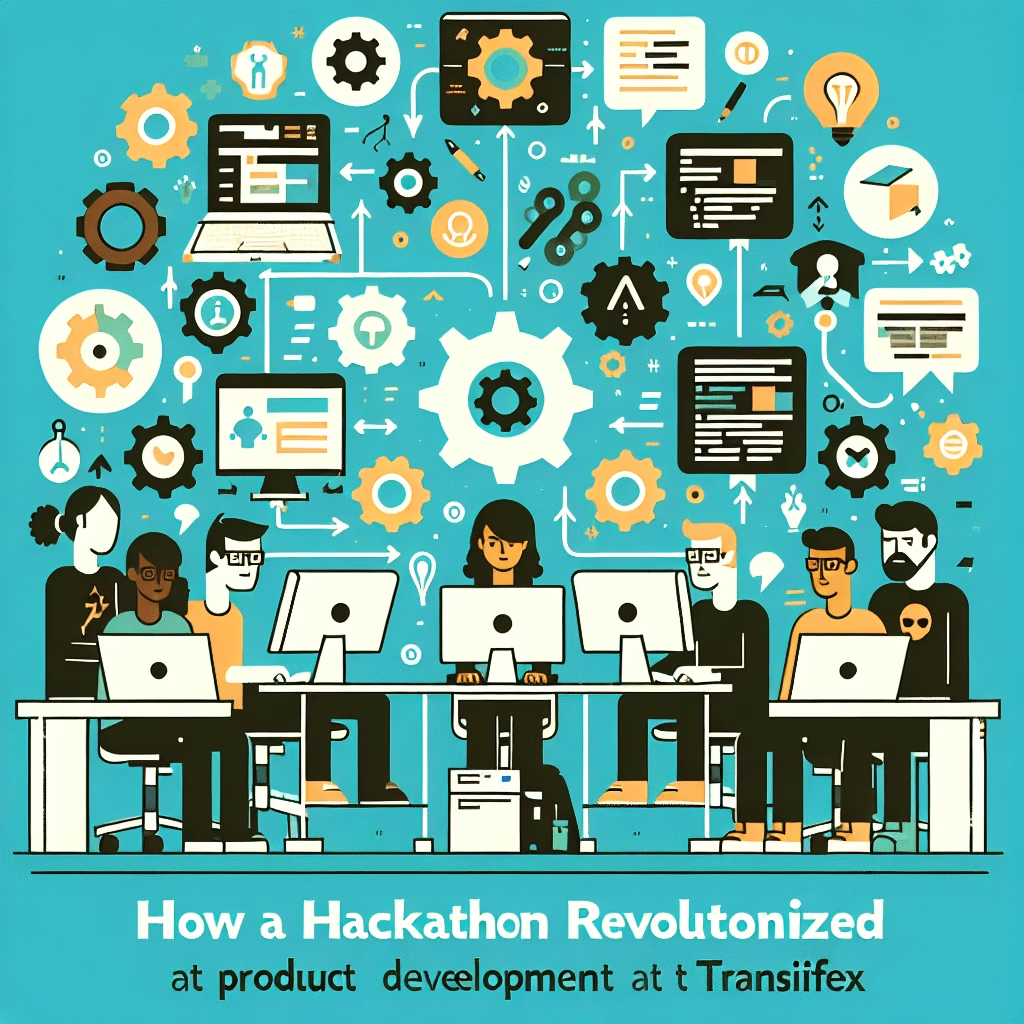In today’s fast-paced digital landscape, innovation is no longer a luxury but a necessity. For companies like Transifex, staying ahead of the competition means continuously evolving and embracing new technologies. One such leap forward was possible thanks to a hackathon that transformed how Transifex approached product development. In this article, we delve deep into the story of how a single hackathon led to the creation of a groundbreaking AI-powered product, explore the challenges faced along the journey, and offer actionable insights for other companies looking to innovate.
The Genesis of an AI Revolution
The idea to explore artificial intelligence at Transifex began as a simple hackathon initiative. Initially met with skepticism, the event aimed to harness the creative energy of its participants to explore AI’s potential in solving real-world problems. Maya Toutountzi, Head of Product Management at Transifex, recalls the early days of doubt, “We weren’t sure if AI was just a buzzword or if it could truly offer value to our users.”
Start Small, Learn Fast
One of the key lessons from the hackathon was the importance of starting small and learning fast. The teams focused on developing a minimal, testable version of their AI solution. By doing so, they could quickly gather feedback and iterate on their ideas. This approach allowed them to pivot and refine their product based on user feedback.
Overcoming Skepticism with Transparency
Initial skepticism from engineers played a pivotal role in the product’s development. Rather than dismiss these concerns, the team used them to drive the creation of AI features that emphasized transparency and control. This approach not only addressed internal doubts but also mirrored the concerns of their users.
Prove, Then Persuade
Instead of trying to gain immediate buy-in from the entire company, Maya focused on building a small, motivated group to develop a proof of concept. This strategy proved successful as the initial results were promising and gradually won over skeptics across the organization. The proof of concept demonstrated the potential of AI in enhancing product functionality, leading to wider acceptance.
Building Trust into AI
A significant innovation was the introduction of AI-generated translations combined with a confidence score. This feature provided users with the control and reassurance they needed, especially in high-stakes enterprise environments. The confidence score allowed users to gauge the reliability of AI-generated content, fostering trust in the new technology.
Case Study: The Unexpected Success with Translators
One of the most surprising outcomes of the hackathon was the unexpected uptake of the AI feature by translators. Initially designed to assist non-expert users, the AI tool quickly became a favorite among professional translators who appreciated its ability to streamline their workflow. This unanticipated success highlighted the importance of being open to unexpected user behavior and adapting accordingly.
Advice for Launching AI Initiatives Through Hackathons
For companies looking to emulate Transifex’s success, starting with a hackathon can be an effective strategy. Here are some tips for launching successful AI initiatives:
- Foster a culture of experimentation: Encourage teams to experiment and take calculated risks. Innovation thrives in environments where failure is seen as a learning opportunity.
- Focus on solving real-world problems: Ensure that the hackathon projects align with actual user needs and challenges.
- Engage with a diverse group: Bring together individuals with different expertise and perspectives to foster creativity and innovation.
- Iterate based on feedback: Use feedback from prototype testing to refine and improve the product.
The Journey of AI Adoption
Transifex’s journey from a simple hackathon project to a fully-fledged AI product offering underscores the fact that AI adoption is a journey, not a leap. Through a deliberate and feedback-driven approach, the company was able to transform initial skepticism into a valuable asset, driving innovation and growth.
Reflecting on the Lessons Learned
Maya emphasizes the importance of finding a partner and starting small. “Collaborating with experts and beginning with manageable projects allows you to build a foundation of trust and credibility,” she notes. This approach not only mitigates risk but also facilitates smoother adoption and integration of new technologies.
Conclusion: The Future of AI in Product Development
The story of Transifex’s AI journey offers valuable lessons for any organization looking to innovate. By embracing skepticism as a catalyst for improvement, focusing on transparency, and adopting a gradual, feedback-driven approach, companies can successfully navigate the complexities of AI adoption. As AI continues to evolve, staying responsive to user needs and maintaining a flexible mindset will be key to unlocking its full potential.
For more insights on product development and user experience design, visit the Product and UX Design Blog. Additionally, for further reading on AI and its applications in product development, check out this Forbes article on AI in product development.

